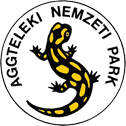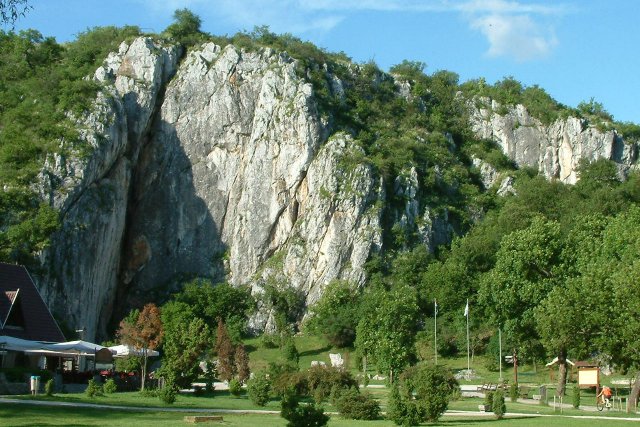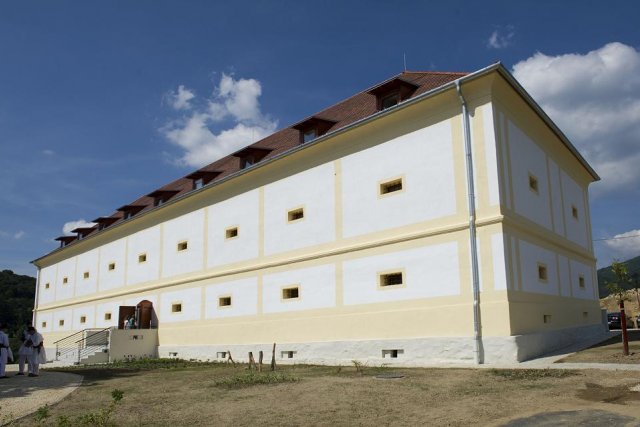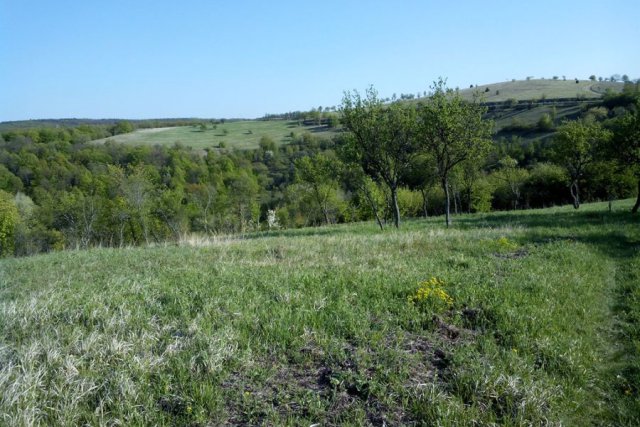
Iwo is part of this international research study (GLOBE). He was captured and collared in the Polish Tatras by our team a year ago, on April 19th. At that time he weighed 81 kg. He was equipped with a GPS-GSM collar with takes his positions every 2 hours or 30 min, depending on the schedule. At the moment it is programmed to be taken every 30 min. Tooth analysis at a specialist lab reveals that he is now 5-year old. During this year of monitoring, Iwo has shown to be very mobile and not problematic. Exactly a year ago in spring, Iwo also did a large round trip, this time 80 km to the west, and then back another 80 km, in the Liptov region. A week ago, he started from the Propad region in Slovakia a journey to the south of more than 120 km. The most dangerous part was the highway D1 in the High Tatras in Slovakia, which Iwo crossed thanks to a wildlife overpass. On 3rd May 2015 he crossed the southern border of Slovakia and reached Hungary (see map below). On 5th May, he was 16 km from the Slovakian-Hungarian border, in the area of Rudabánya and Felsőkelecsény.Please, keep in mind that, as any other bear, he can visit unprotected rubbish.
Subadult bear males, like Iwo, are often dispersing long distances from their natal areas. Long-distance dispersals of brown bears in central Europe up to 350 km have been recorded. Bears are now in their mating time and this can be one of the reasons of Iwo’s trip. Interestingly, while travelling, Iwo was using habitat that was predicted as suitable according to our habitat model (Fernández et al. 2012, Biological Conservation). This study shows that in the Slovakian-Hungarian border, the only area with a potential good habitat for bears is neighbouring the Aggtelek National Park and surroundings.
Brown bear research in Poland
We are a team of researchers and conservation biologists working together on brown bear ecology and management in Poland. We are based at the Institute of Nature Conservation of the Polish Academy of Sciences in Krakow and at the Tatra National Park. In 2009- 2011, we prepared the project of the “Management plan for the brown bear in Poland” for the General Directorate for Environmental Protection. One of the key actions we pointed in this plan was strengthening cooperation within the Carpathian countries, and the importance of managing brown bears at the population level, rather than at the country level. Most of the bears in Poland (and not only) are transboundary. Some of us are part of the European Bear Specialist Group of the IUCN. Currently, we are conducting a research project (GLOBE) focused on the impacts of climate and human-induced changes on the ecology of brown bears. GLOBE is conducted in cooperation with several Norwegian universities and the Scandinavian Brown Bear Research Project ; it is funded by the Polish-Norwegian Research Programme and will last till the end of 2016. You can find more information on our websites http://www.globeproject.pl/ and http://carpathianbear.pl/.



